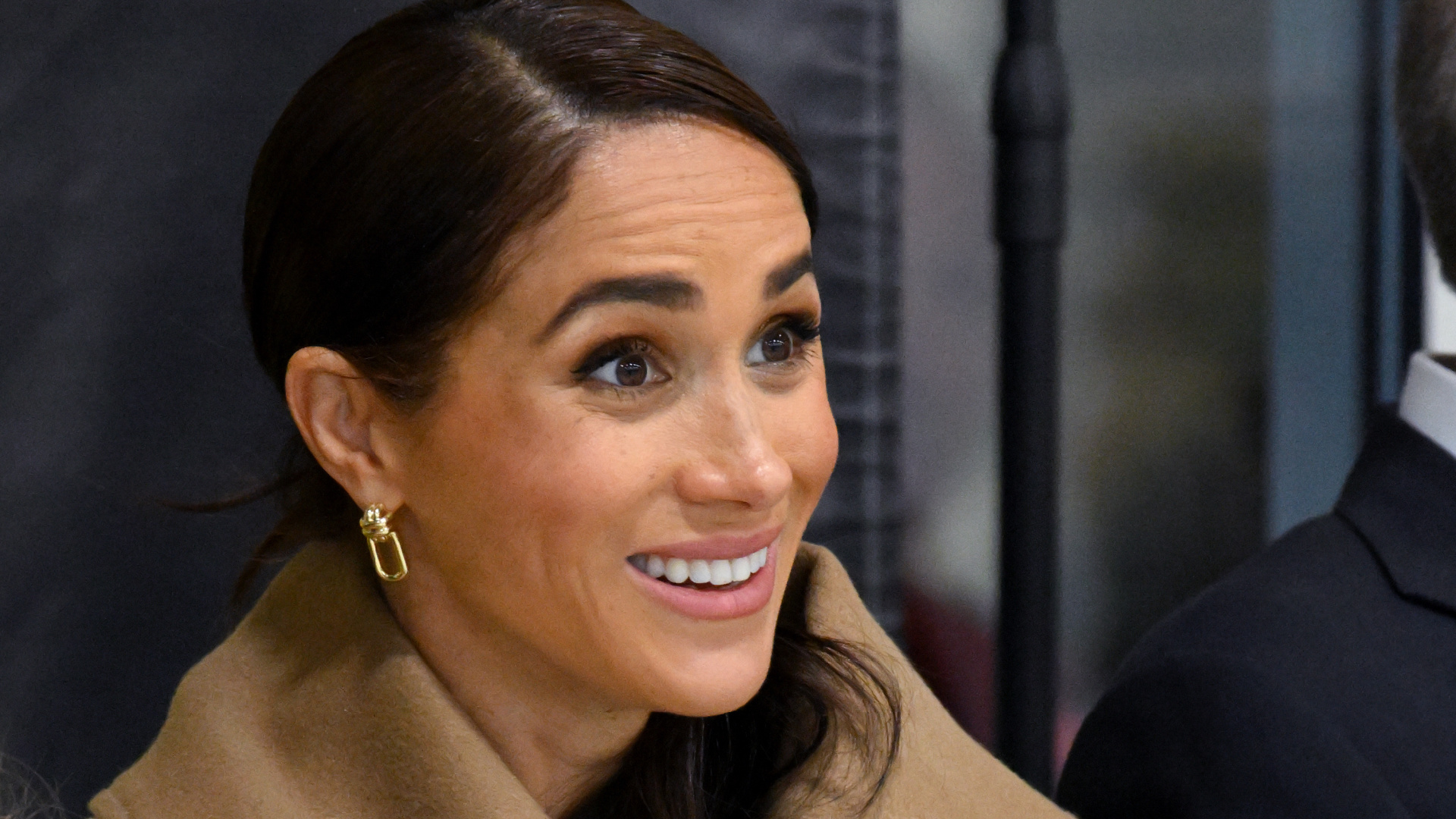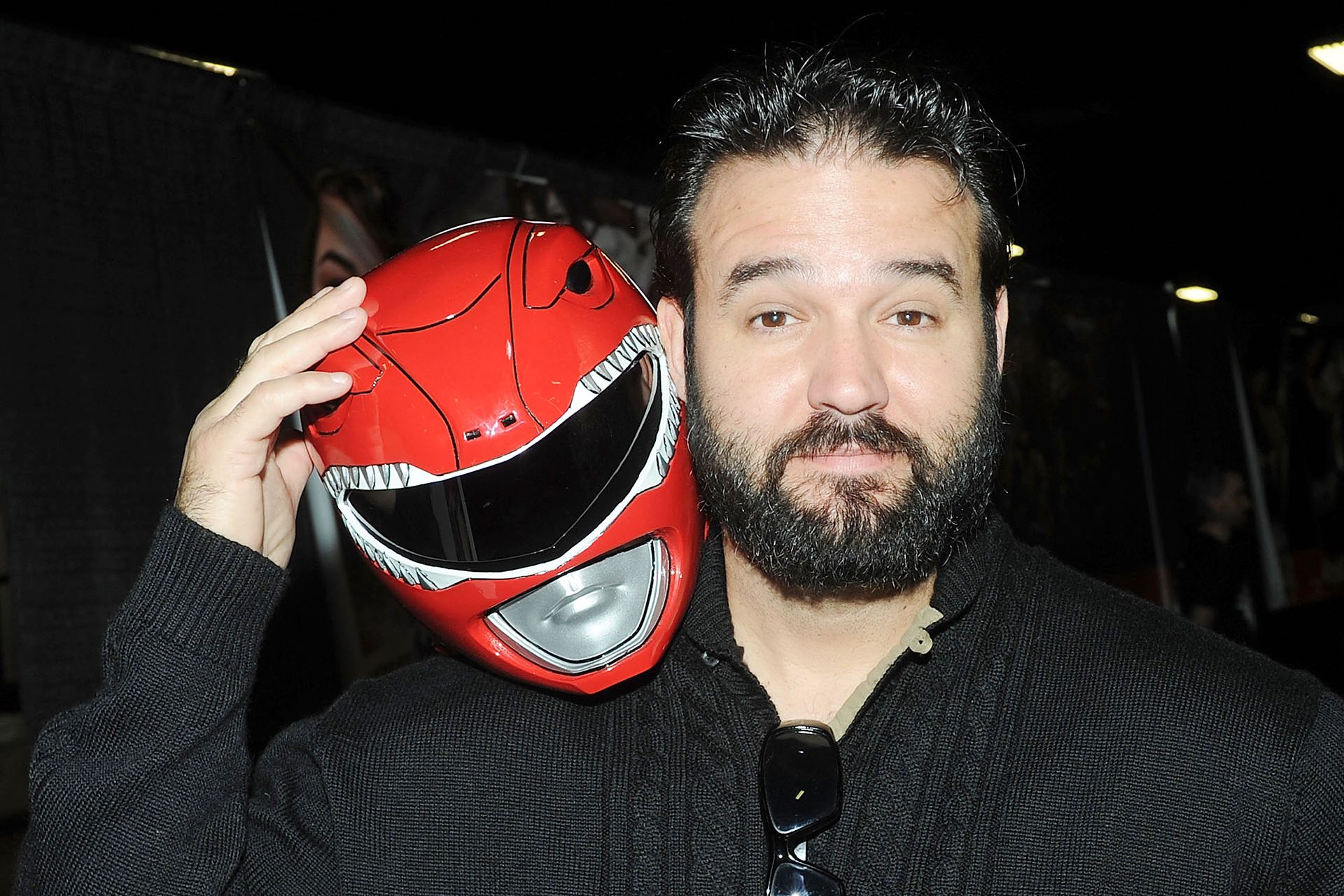The easiest vegetables to grow in your own garden
In recent years, more and more people have begun taking pleasure in cooking at home. To take it a step further, why not try growing your own vegetables at home?
Even if you think you don't have a green thumb, in reality almost anyone can grow the vegetables you'll find in this gallery. And even for those living in apartments: many vegetables can be grown indoors or on a balcony. Ready to start your vegetable garden?
Lettuce can be grown indoors, in a small pot, or outdoors, on a balcony or in a garden. It is easily grown from seed and you can pick the leaves as you need them. Don't waste your money buying salads from the supermarket! Try growing your own - it's so easy!
Photo: Petr Magera / Unsplash
A cousin of spinach, Swiss chard, like lettuce, is very easy to grow. It gives the best results outdoors. While it can be grown in a large pot or a window box on a balcony, the plant is happiest in a vegetable patch. It can last a long time; you can pluck the leaves and it will keep growing back. Swiss chard is almost impossible to kill by a lack of care, making it a perfect plant for beginners.
Kale has become very popular due to its 'superfood' status. Organic kale can easily be grown from seed and is very rewarding to grow. Buy seedlings from your local greenhouse if you want to eat kale early. It needs little water and loves the sun. The plant fits perfectly in a garden or on a sunny balcony.
In case you haven't noticed the trend yet, growing your own greens is super easy! Spinach is grown in the same way as Swiss chard and kale. For faster results, buy seedlings, but if you have the time and a tighter budget, go for seeds.
Photo: Mikey Frost / Unsplash
Although onions are very cheap to buy, it is satisfying to grow your own. Get bulbs from your local greenhouse and plant them in moist soil. You can also grow them on a balcony. It takes a long time for onions to grow to a decent size, but being able to get out into your garden and pick up a fresh onion there, is well worth it.
Photo: Mayu Ken / Unsplash
Carrots can be grown in a vegetable patch or in really deep balcony planters. The ground needs to be deep for the carrots to grow downward, otherwise you'll end up with stumpy little carrots. Grow them from seed, as carrots will sprout fairly quickly.
Photo: Nick Fewings / Unsplash
It takes about two months from planting to harvesting green beans if you start with seedlings. Green beans can be grown on a balcony, but wherever you plant them, you will need to use sticks or a support frame to hold the stems. Once the plant starts producing beans, harvest them often, and your plant will continue to produce.
Pumpkins love sun and water and are perfect for beginning gardeners. Pumpkins need space, so they cannot be grown on balconies and are best suited for those with large garden plots. You can buy the seeds or take them from inside a supermarket pumpkin. Be sure to turn the pumpkins over when they start to grow, so they don't end up flattened on one side.
Photo: Jennifer Burk / Unsplash
Zucchini is a very satisfying first vegetable to grow. They are best grown in a garden plot as they can get quite large. In the summer, they need to be watered frequently, but they tend to give large yields, so it's well worth the effort. Besides the zucchini itself, you can also eat the flowers of the plant.
Photo: Louis Hansel / Unsplash
Peppers are simple to grow, although it's easier if you start from seedlings. The peppers themselves aren't as large as you're used to finding them at the supermarket, so be sure to sow several seedlings for a good yield. Peppers will normally be green; if you want red peppers, just let them ripen on the plant so they turn a nice red color.
Photo: Rens D / Unsplash
Watermelon is grown in the same way as pumpkins. Keep in mind that you need space for the plants to spread out and lots of water to grow big, juicy watermelons.
Photo: Rens D / Unsplash
There is nothing more delicious than fresh peas picked from the trellis. You will need support for the pea plants to climb on and, as with green beans, the more peas you pick, the more your plant will produce.
Photo: Catia Climovich / Unsplash
Freshly harvested tomatoes taste particuularly delicious, but they can be expensive in the market. So why not try growing your own? Tomato plants can be grown in large pots or even in hanging planters, if you don't have a garden plot. For beginners, buying seedlings is much easier than planting the seeds. Be sure to grow tomatoes in a sunny spot and water them frequently.
Photo: Tom Hermans / Unsplash
Cucumbers are basic vegetables for beginning gardeners. We recommend using seedlings rather than planting from seeds to ensure success. They can be grown on a balcony if you have a trellis or some structure for the plant to climb. Make sure they get plenty of sunlight and water - but only at the base of the plant, not the leaves - to avoid fungus.
Radishes are colorful vegetables that grow quickly and fit perfectly into many types of salads. They should be ready to harvest after just one month, making them a very satisfying vegetable for beginners to grow. As they develop easily and quickly, we recommend using seeds, which can be sown directly in the garden plot or in a pot on your balcony.
Photo: Philippe Collard / Unsplash
Beets are a very nutritious food that can be used in salads, pickled, roasted, or juiced. They fare best in a garden plot, but they can also be grown on a sunny balcony or in a deep planter. Sow the seeds directly into the ground. After a few weeks, be sure to spread the seedlings about 5cm apart from each other.
If you like spicy food, the cayenne pepper is an effortless and rewarding plant to grow in your garden. Buy a few cayenne pepper plants - two or three are more than enough - and plant them in your garden or in a pot on your balcony. They love the sun, and if you take good care of the plants, they produce lots of peppers. You can cook them, make a homemade hot sauce, or dry them and use them to make infused oil for cooking.
Photo: Ryan Quintal / Unsplash
Garlic can be grown indoors, on a balcony, or in a vegetable garden. Simply plant the individual garlic cloves a few inches apart in moist soil. When the top foliage begins to die back, they are ready to harvest.
Photo: Team Voyas / Unsplash
Rhubarb is so easy to grow that it can quickly take over your garden if you're not careful! The plant is very tall, so it is best to grow it in a garden plot. The tangy taste of rhubarb is excellent in jam, sauce, or pie filling.
































